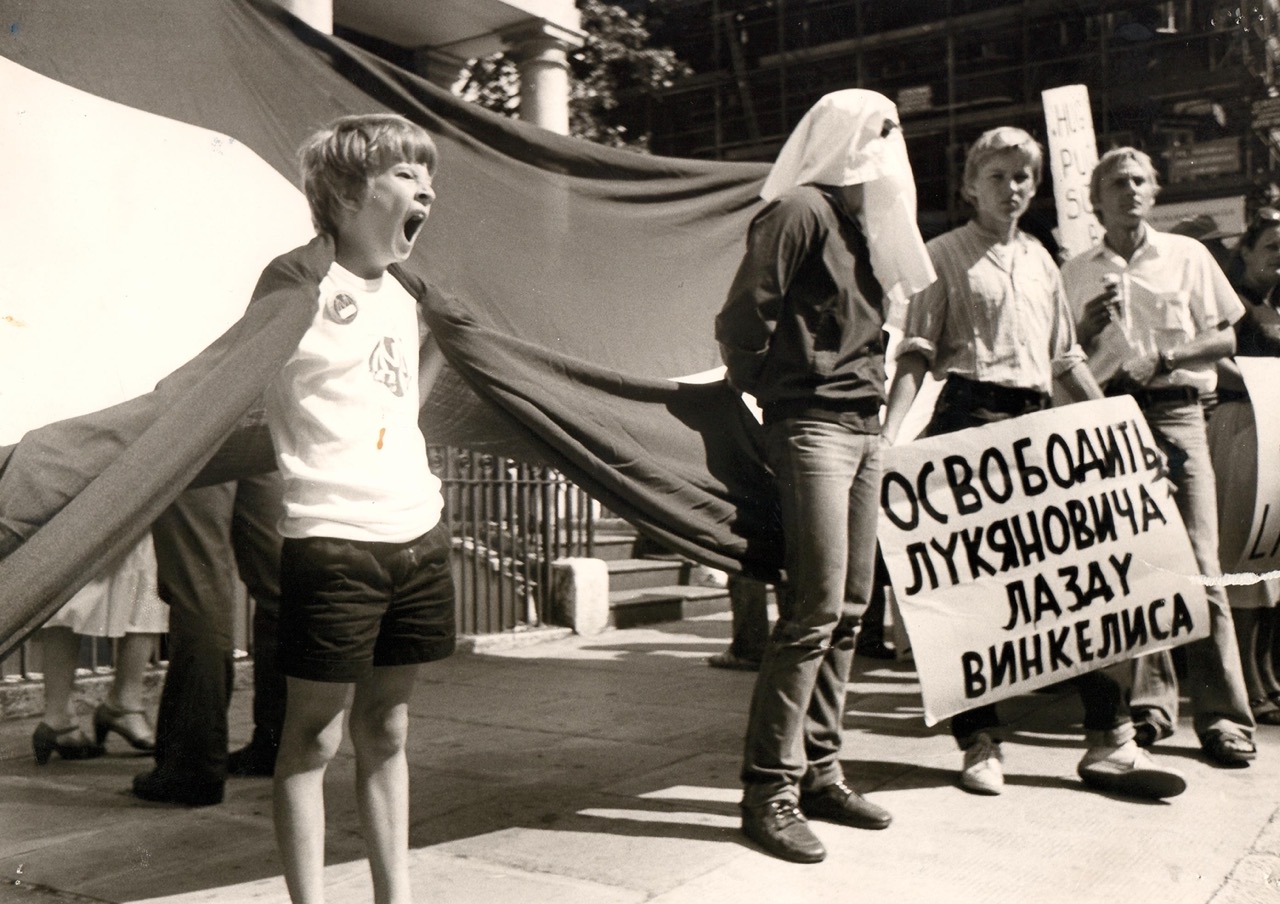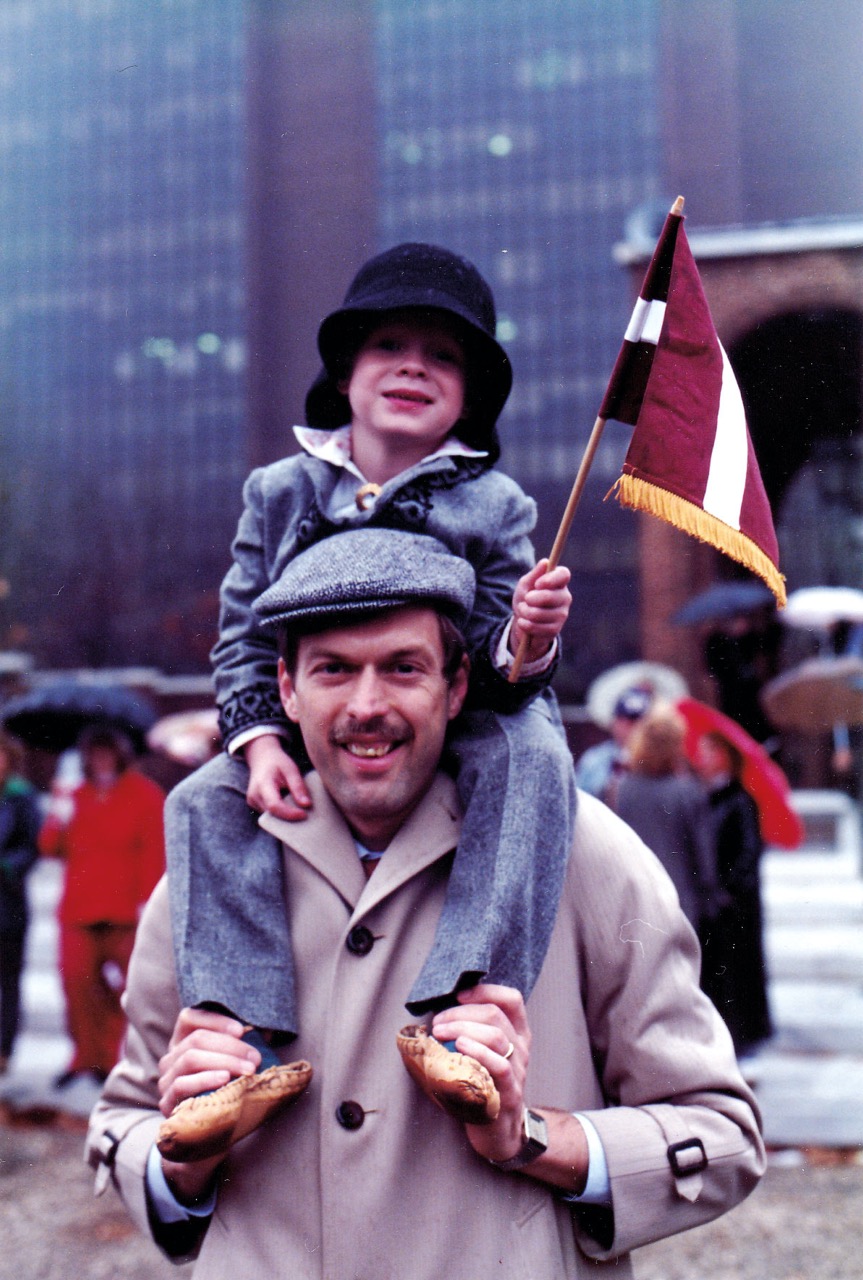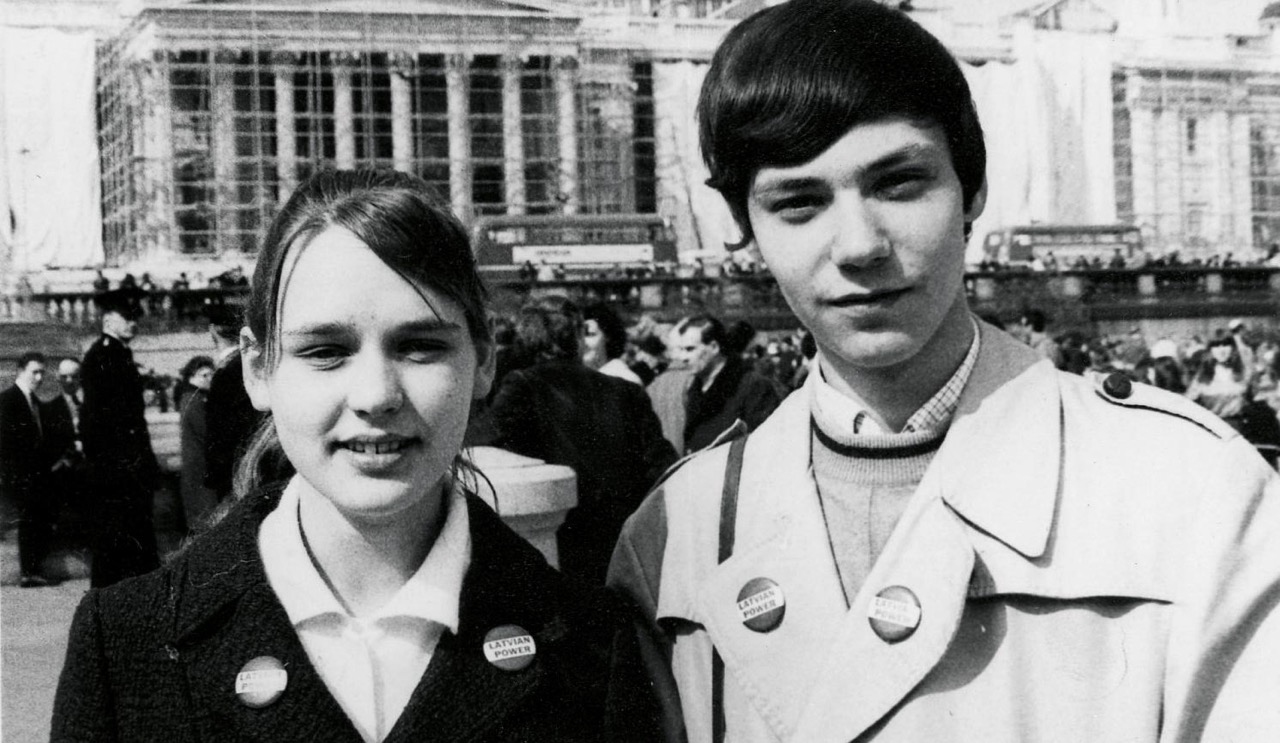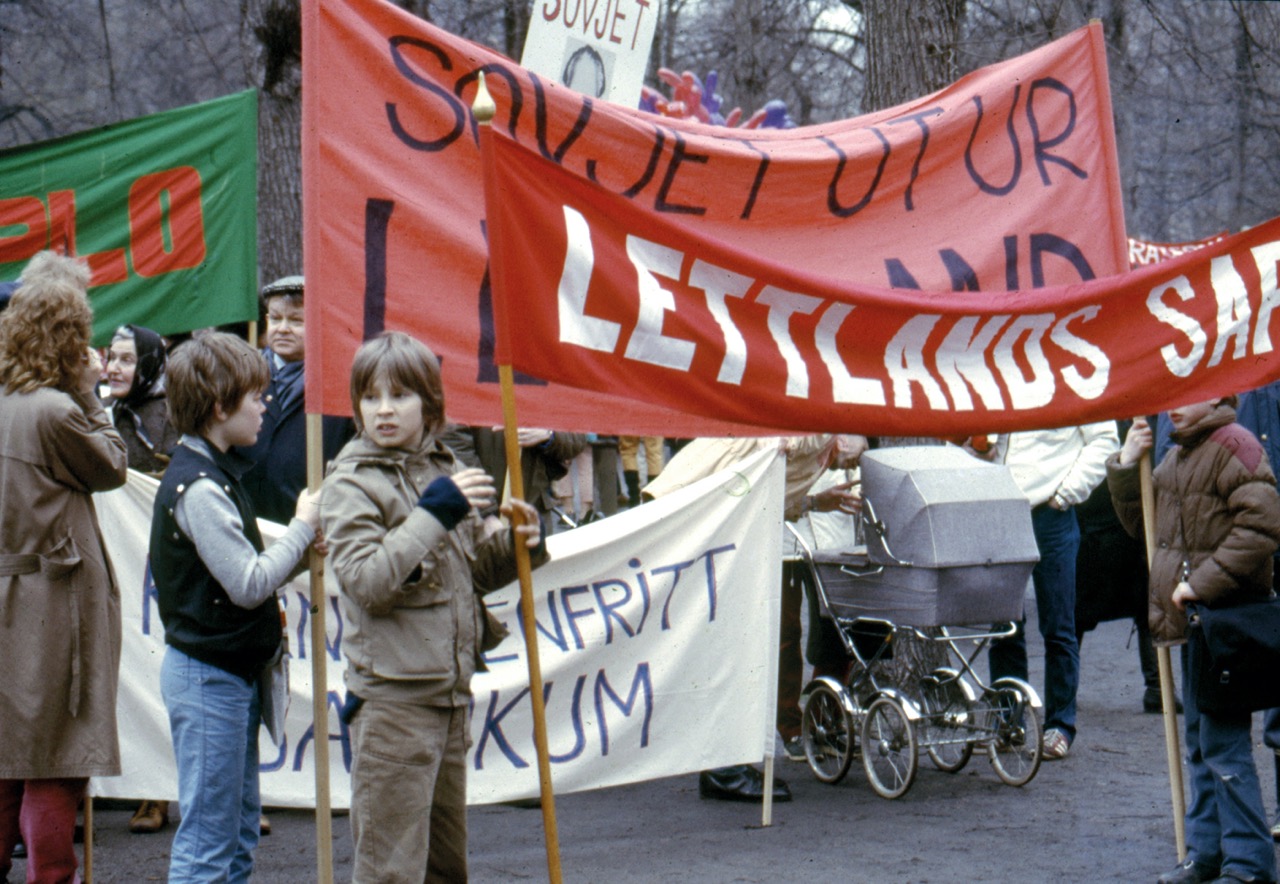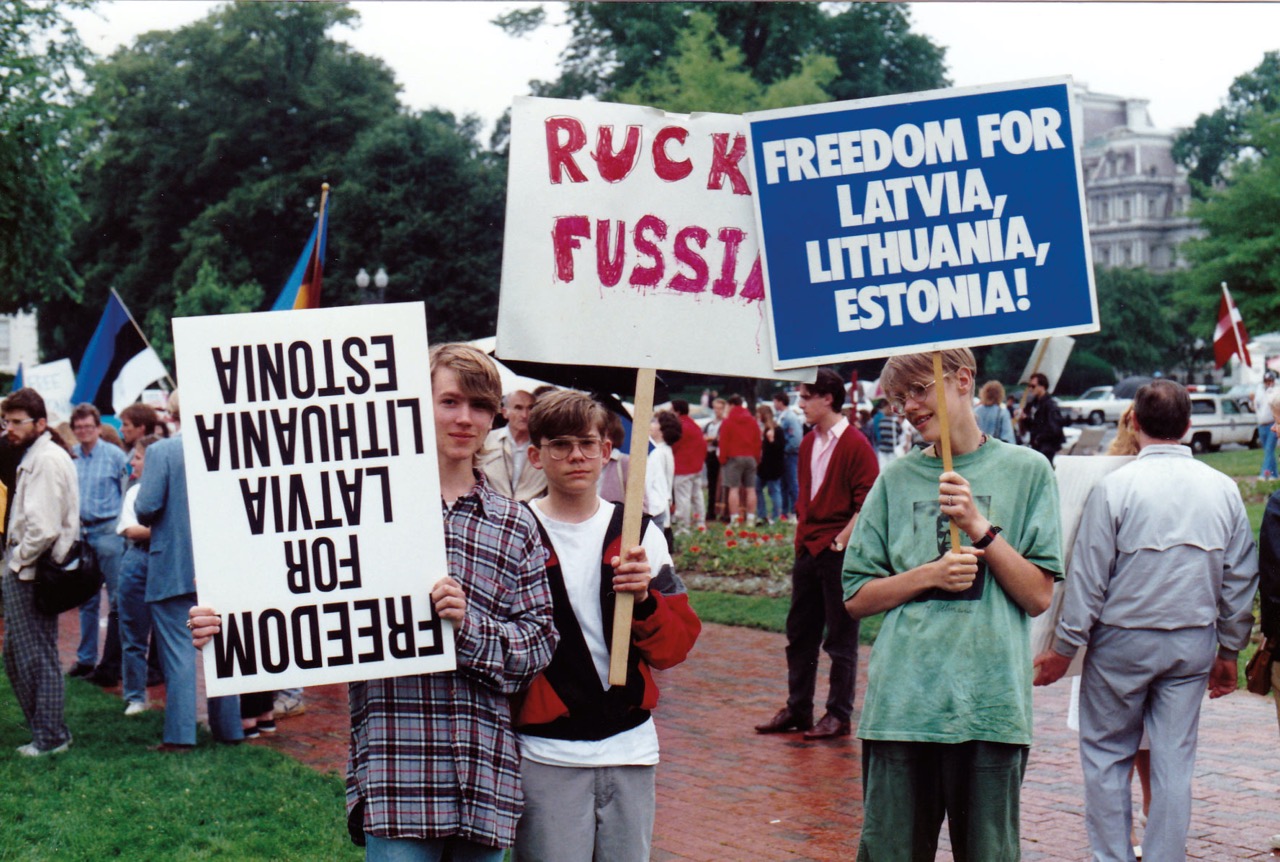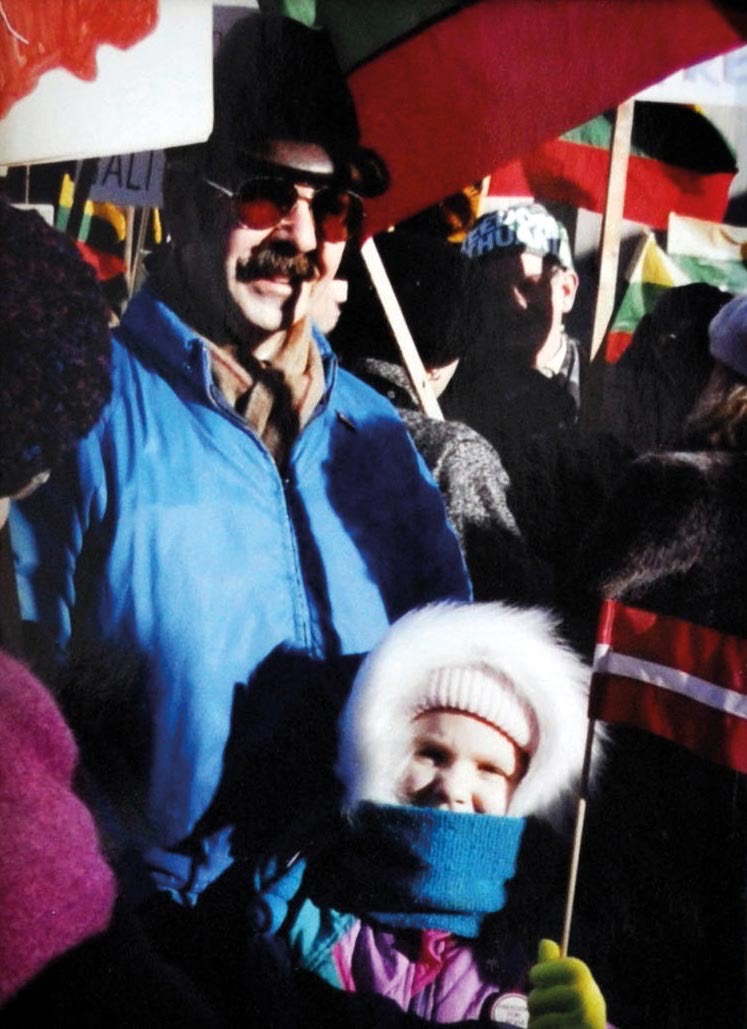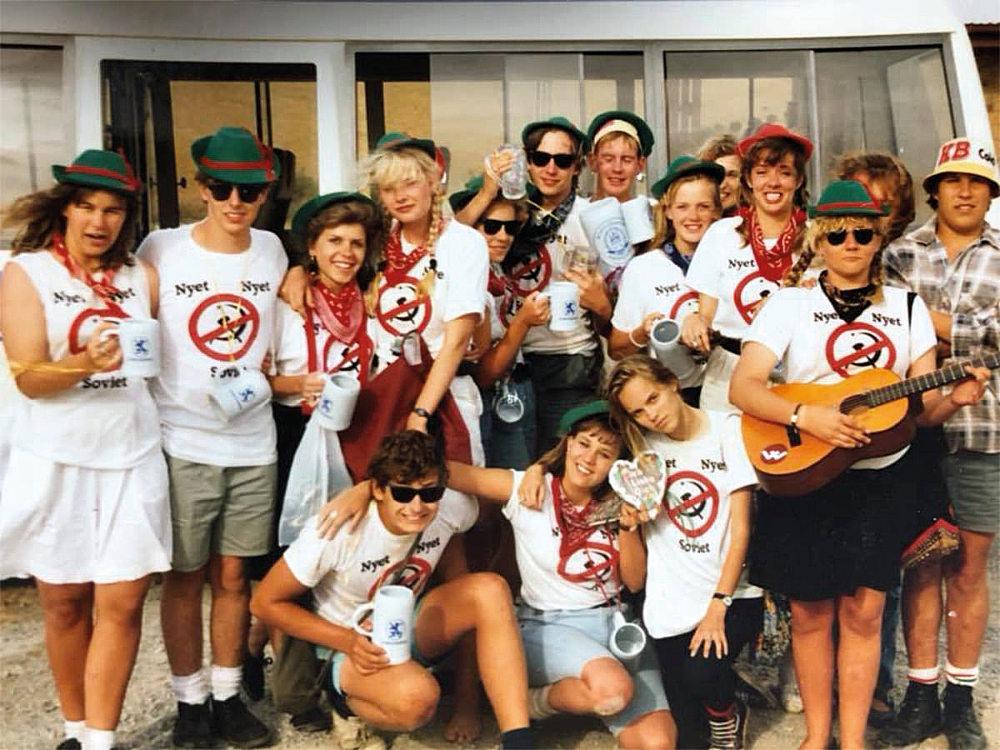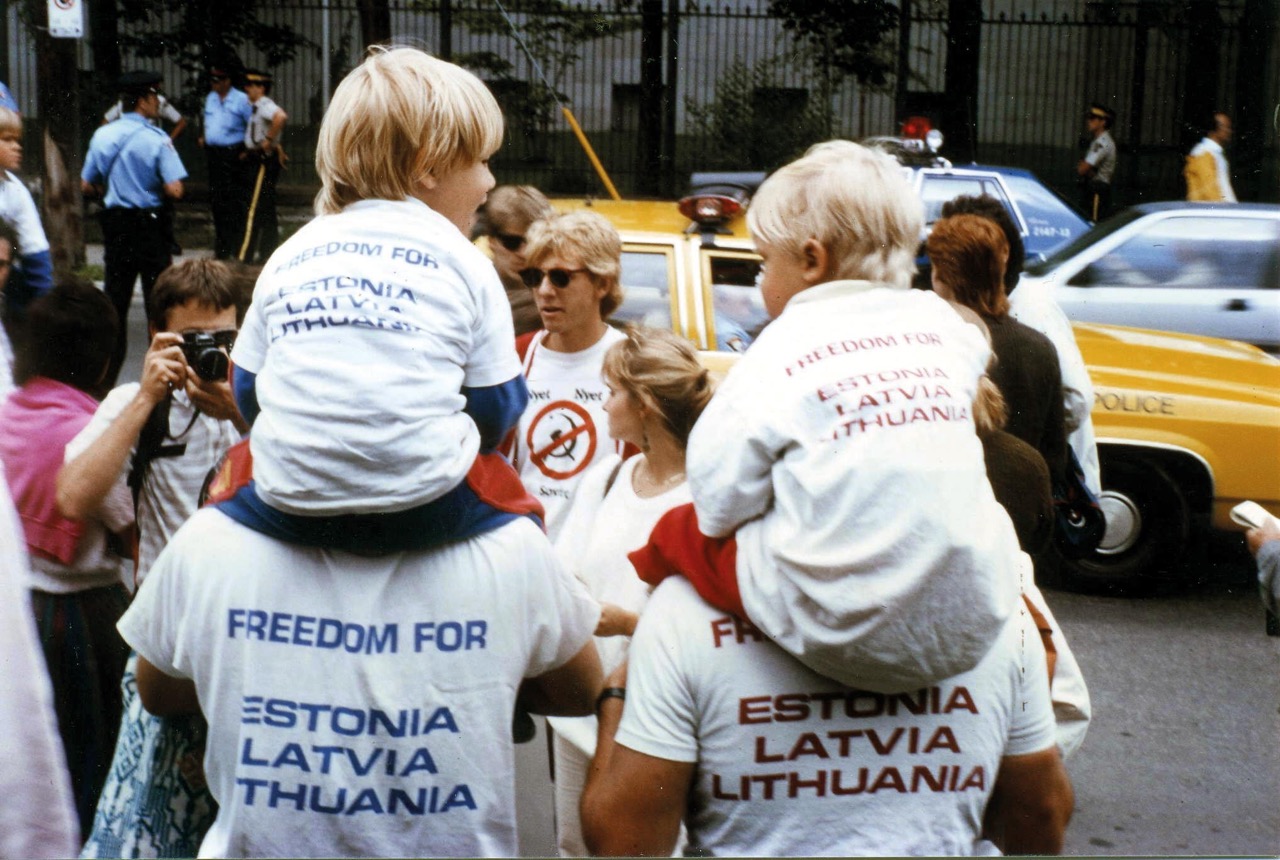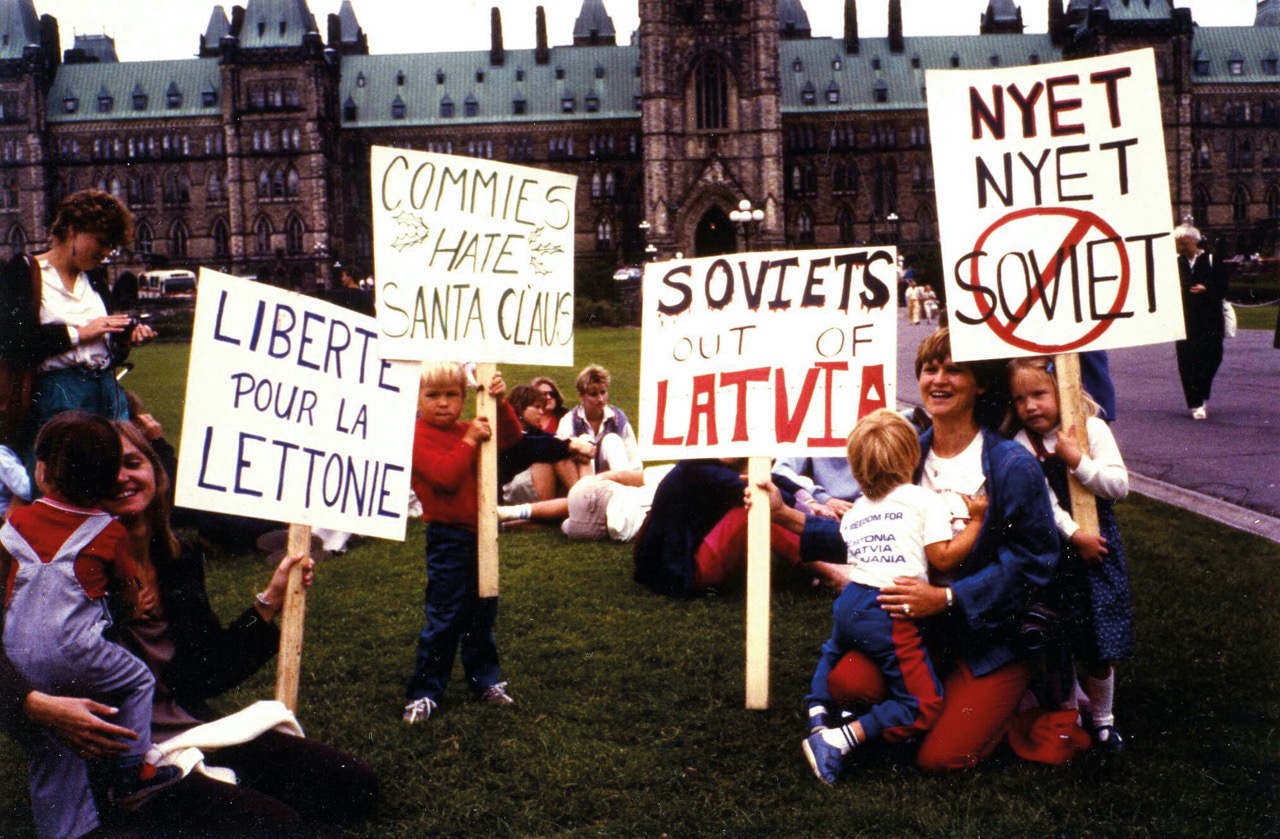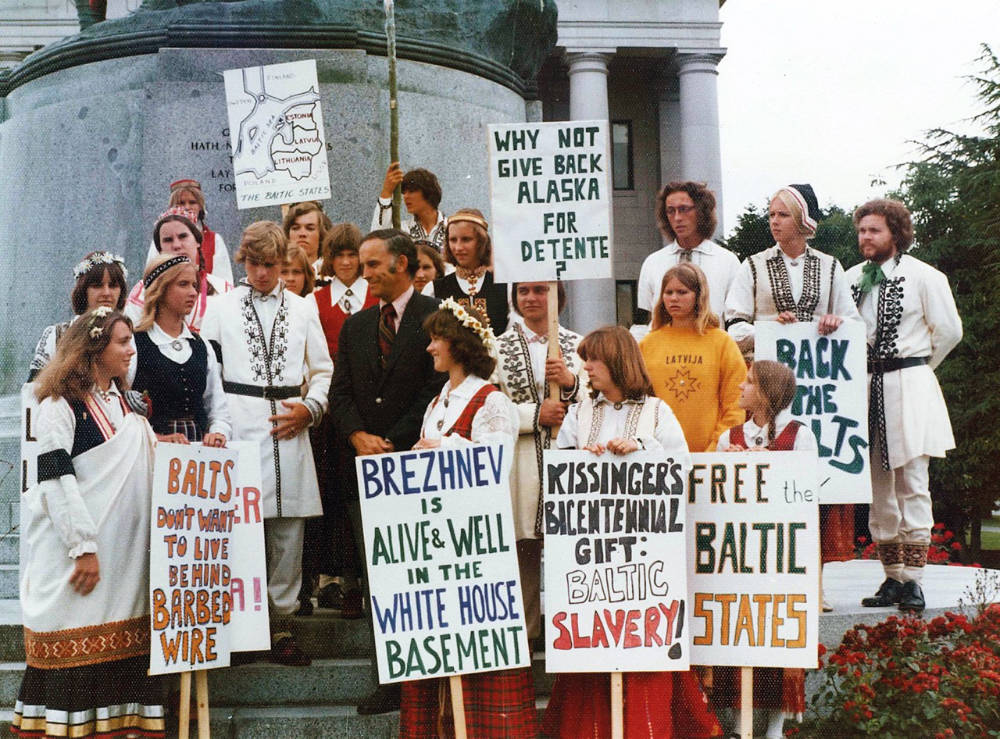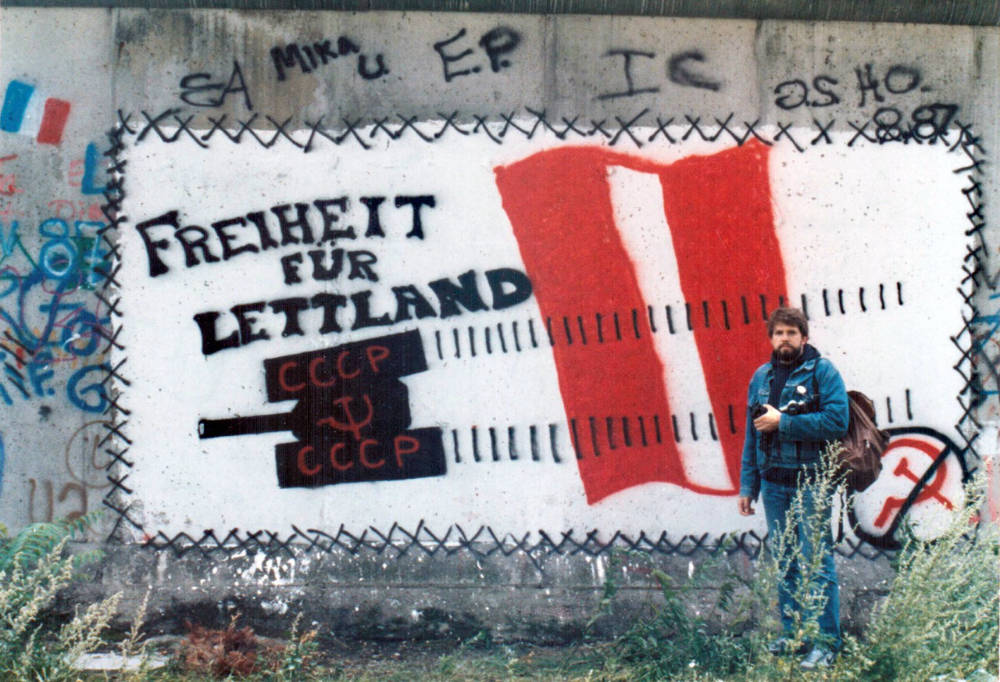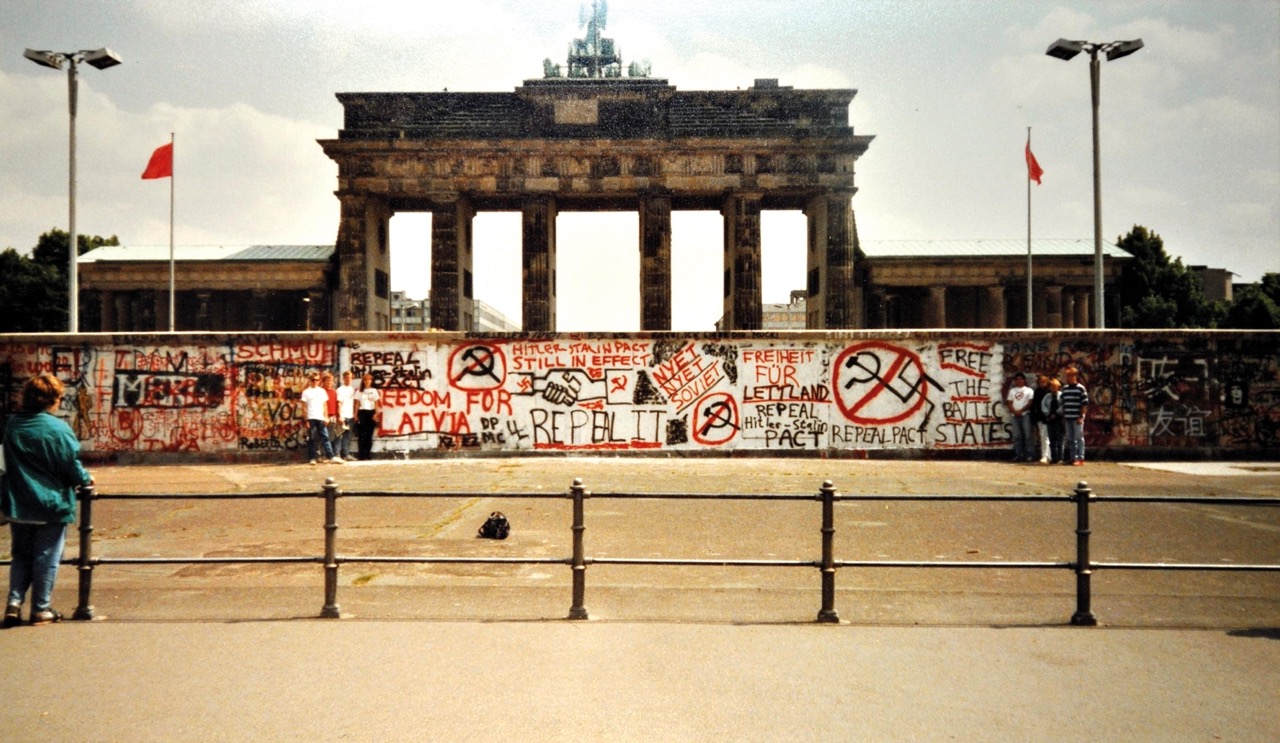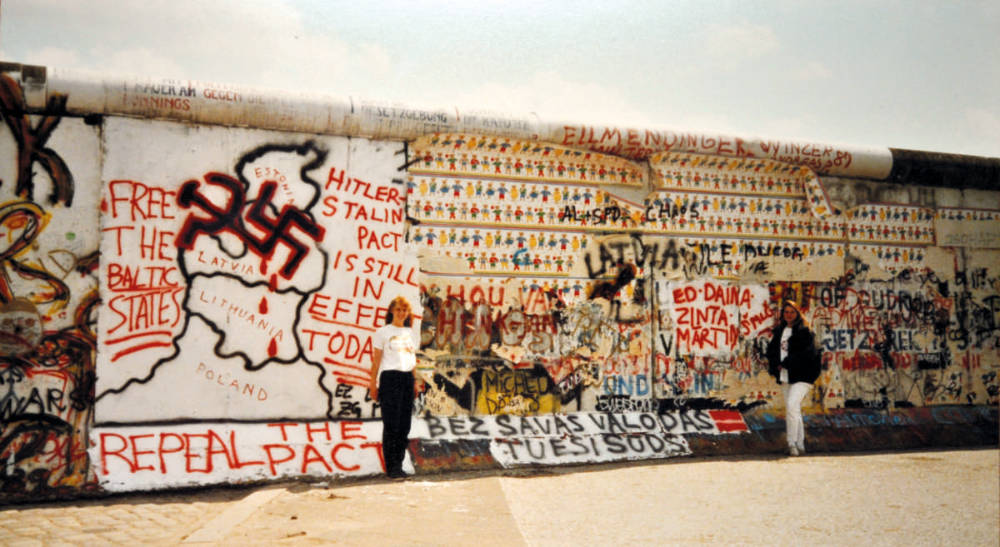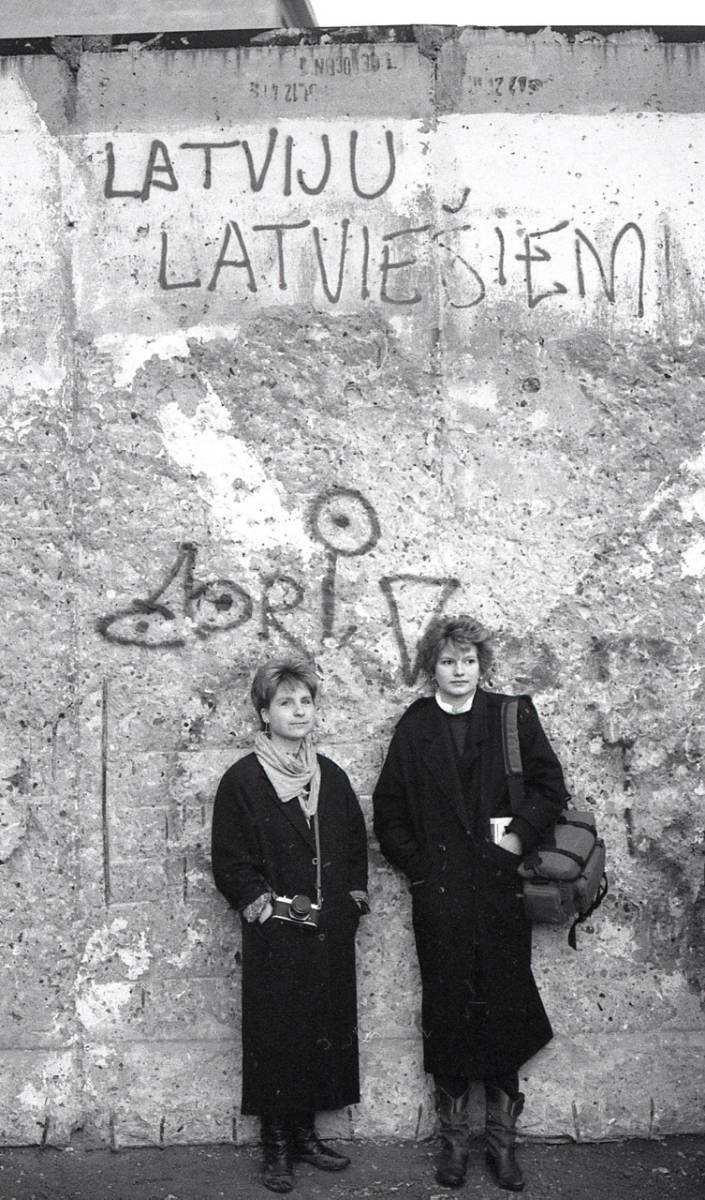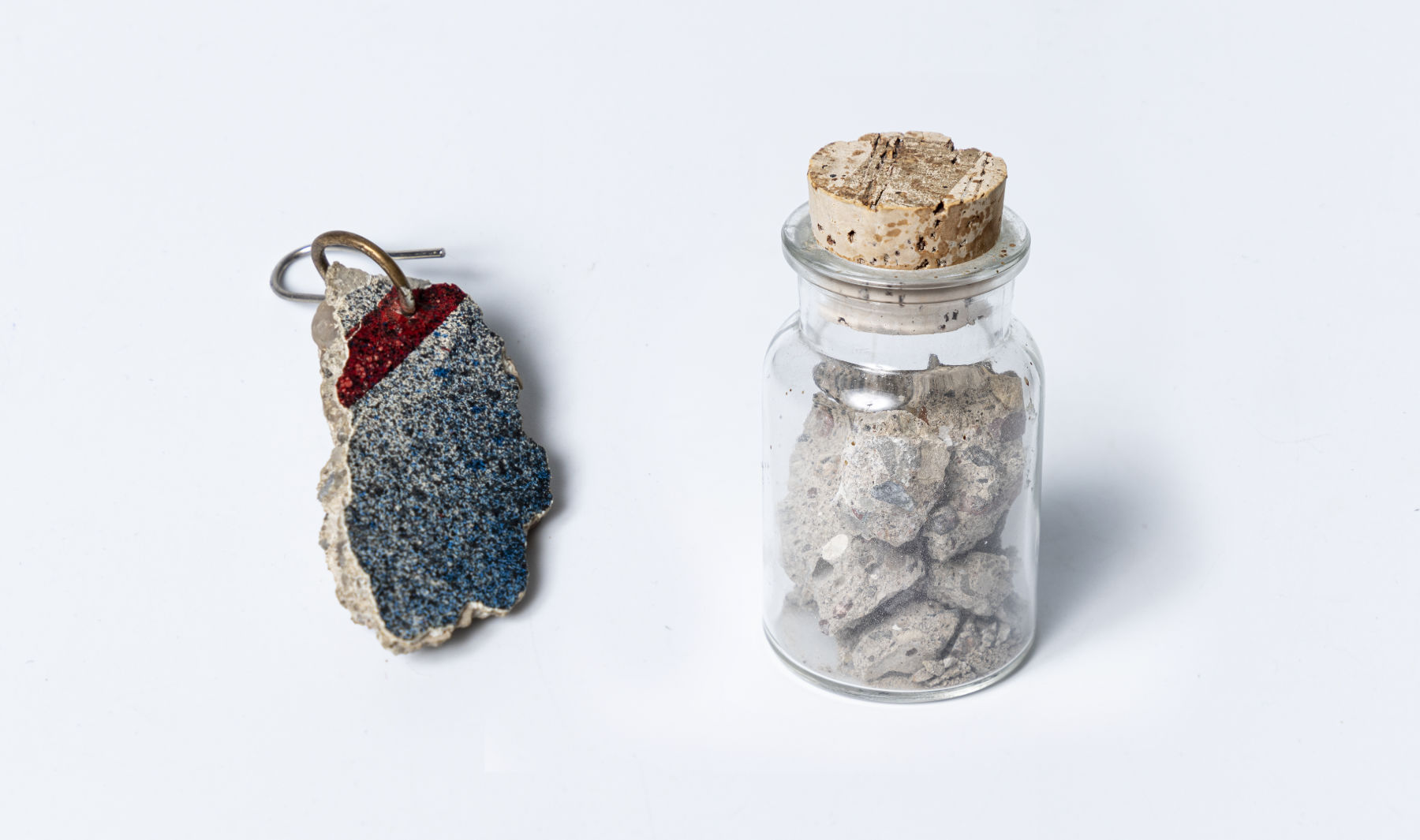- Latvian political activity in exile
- Use your imagination
- Create a catchy slogan
- Gather like-minded people
- Disturb societal norms
- Act quickly
- Get attention from the press
- Protest day-to-day
- Be prepared for legal consequences
- Teach the young
- What to wear
- Remain vigilant until your goal is achieved
- __________________
- About the exhibition
TEACH THE YOUNG
There is no age limit for participating in demonstrations; children can also participate with their parents. Along with their parents, children learn to express their opinions and indirectly learn the skills of organising events.
PROTEST WITH THE ENTIRE FAMILY!
Demonstrations are a good way for active young people to be together, to prove themselves and their ability to plan and run events.
PROTESTORS ARE RAISED IN LATVIAN SCHOOLS AND CAMPS

We lived in a typical middle-class district on the outskirts of Bonn. My son Dainis and later, my son Jānis often drove their toy cars down the street, shouting: "Nyet, Nyet, Soviet!" as well as other slogans they had heard during demonstrations. We, the parents, were now and then chastised by our "politically correct" German neighbours, Gorbachev fans, for having "indoctrinated" our children at such a young age.
Ģirts Zēgners
Demonstrations certainly motivated us, held us together as a society, as young people. Because protesting is fun! It was sanctioned misbehaviour.
Juris Bļodnieks
We were prepared for public action – protests and demonstrations. Pēteris Graube came to Kursa Summer Secondary School and prepared us. He sat us down and told us that we needed to be sure of flag proportions because we were going to burn the Soviet flag. Not to use synthetic materials, not to use materials that would either melt or not ignite. He told us how to approach people who might be aggressive while we demonstrate. He explained all these demonstration tactics in an adult way. And, of course, we grew up. We prepared and we were growing up. We were no longer children who were forced to go because our parents wanted us to go.
Sarma Muižnieks-Liepiņš
MEETING PLACE – THE BERLIN WALL
1988 – “Latvian SSR Days” were being organised in Berlin. I simply told the students at Münster Latvian Gymnasium that we had to go to Berlin – they had to be raised as national patriots. The young people were 16-18 years old, they really enjoyed it. Young people are young people – they want to do something radical. During the day we went to listen to "Līvi" and "Ave Sol"; at night, we painted the Wall.
Pēteris Elferts
Everyone always gathered at the Brandenburg Gates, usually at night. The next day [after the fall of the Wall], we decided that we had to go with a Latvian flag. But we didn’t have a pole! But I had a broom! So, we attached the Latvian flag to the broomstick, and we had a flag! Then we stood by the Wall, and someone came up to us and asked: “Why are Austrians here?” We answered: “We aren’t Austrians! We are Latvians!”
Anita Zakatistova


